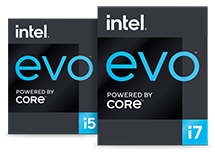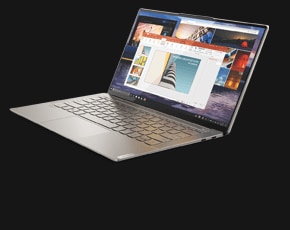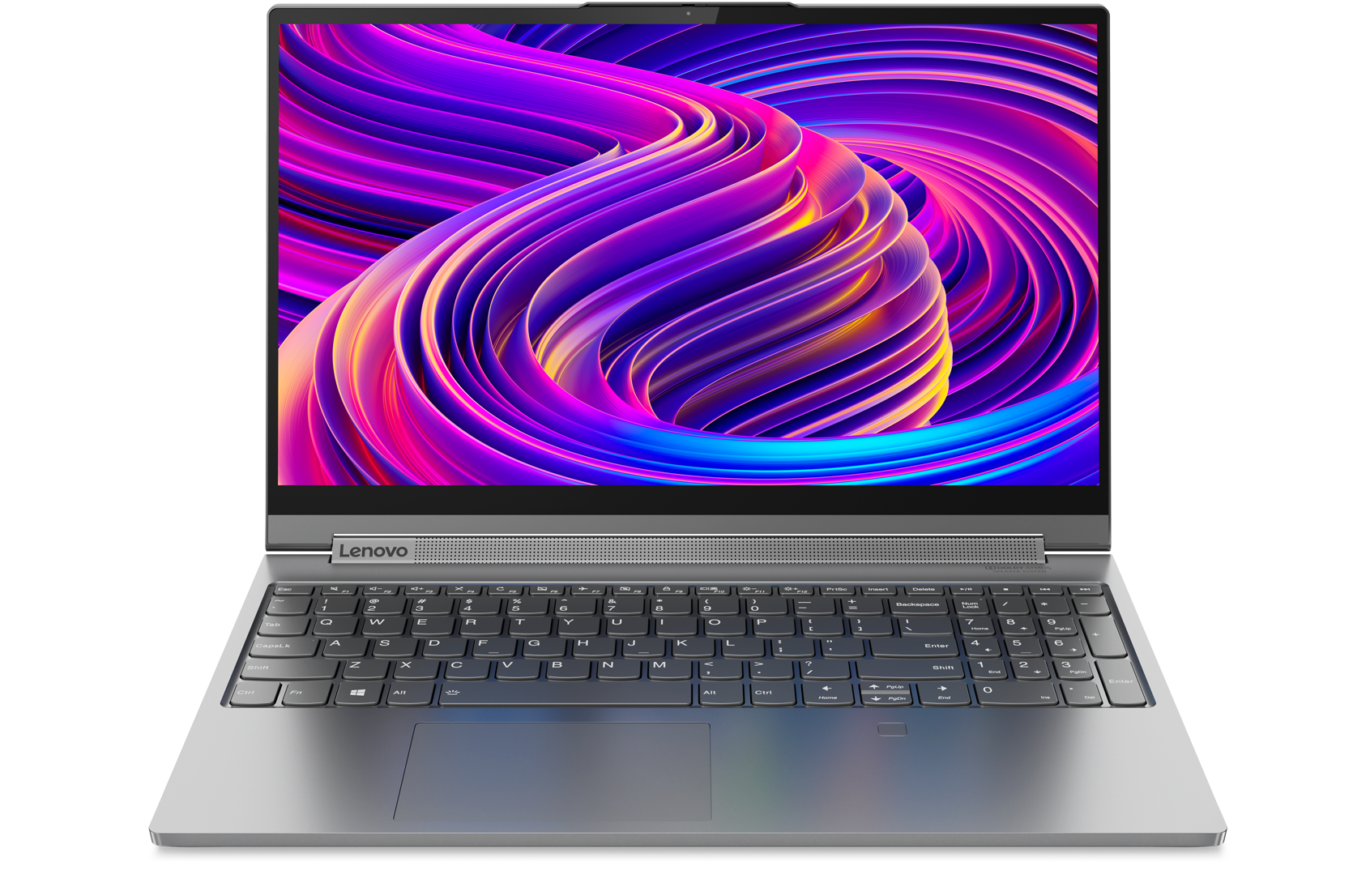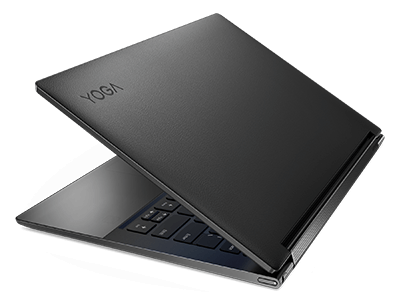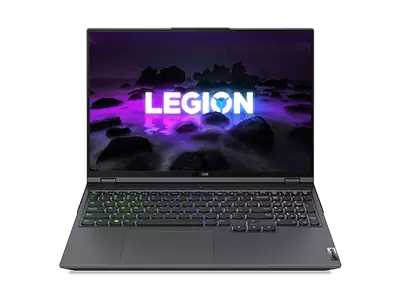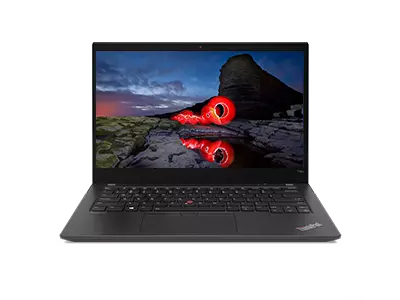Intel Graphics
Long known for its processor technology, Intel® is also a leader in PC graphics, especially integrated graphics that work on and in conjunction with the CPU. The company’s integrated graphics options – from Intel® HD Graphics and Intel® UHD Graphics to Intel® Iris®, Intel® Iris Pro, Intel® Iris® Plus and, now, Intel® Iris® Xe – deliver exciting visuals with sharp color and fast frame rates. And they do it while promising less energy use and heat production than most of the discrete or dedicated graphics solutions with which they compete.
Buying a PC involves a series of decisions. Which processor speed is best? How much storage space do you need? How much RAM will it have? What ports and connector types are available? Lenovo offers desktop PCs and laptops with multiple options in each of these categories.
For many buyers, though, the toughest choice relates to graphics support. Will you go for something with a discrete or dedicated graphics processing unit (GPU)? Or will it be one of Intel’s highly popular integrated options (or its new, dual integrated-discrete set-ups)? And if you prefer Intel graphics, which of the company’s graphics brands is best for you? Keep reading to learn more.
Comparing Intel UHD and Iris graphics families
With integrated graphics, performance advances are often linked to improvements in the underlying processor technology. For example, a new, smaller CPU die that enables faster calculations can also speed up the built-in graphics functions. A CPU that runs cooler, or uses less electricity, can achieve similar benefits when generating visuals. So as Intel CPUs have evolved, so have their integrated graphics capabilities.
Today, Intel’s graphics options focus on two separate technology families, one of which now includes a discrete GPU alternative. Here’s what you need to know:
Intel HD Graphics and UHD Graphics
The release of Intel HD Graphics in 2010 is said to have moved Intel's integrated graphics to a new level, allowing them to compete, performance-wise, with many of the discrete GPUs of the time. Intel UHD Graphics, launched with the company’s 8th generation Intel® Core™ CPUs in 2017, improved performance yet again – thanks in part to changes that allow UHD Graphics to utilize more system RAM than earlier versions.
Owing to their comparatively low power draw, Intel HD and UHD Graphics are often found in laptops, where conserving battery life is an important consideration.
Intel Iris, Iris Pro, Iris Plus and Iris Xe
The next level of the company’s integrated graphics is the Intel Iris family – comprised of Intel Iris and Intel Iris Pro (2013), Intel Iris Plus (2016) and Intel Iris Xe (2020). Iris graphics are higher performing, in part, because they’ve got more graphical execution units than Intel’s earlier integrated options (which also means they draw more power).
The latest version, Iris Xe, also adds more L3 cache. Intel unveiled Iris Xe graphics with its 11th generation Core mobile processors, touting their performance on high-end, thin-and-light laptops where both visual quality and long unplugged times are valued.
Intel Iris Xe MAX
In late 2020, in a highly anticipated development, Intel announced its first discrete graphics processing unit (GPU) in decades, Intel® Iris Xe MAX. Supported by Intel® Deep Link Technology, workloads are shared between the distinct Iris Xe MAX chip and the integrated Iris Xe graphics on the main processor.
Intel touts Iris Xe MAX as perfect for content creators and gamers who value Intel’s renowned CPU technology but need dedicated graphics processing, too. Like the rest of the Iris Xe family, the new MAX chip was launched in conjunction with Intel’s new 11th gen mobile processors. [Learn more about Intel 11th gen CPUs and Iris Xe MAX.]
One simple way for a layman to understand how Intel integrated graphics processing has improved is to look at the increasing number of execution units and shading units as each option has evolved. The first iterations of Intel HD Graphics back in 2010-2011 offered 6-12 execution units and 40-80 shading units. By the time Iris Xe arrived in 2020, those numbers had risen to 96 and 768.
Looking for a simple way to determine the relative quality of the Intel graphics in a desktop PC or laptop? Look at the processor numbers, as in i5-1035G1, i5-1035G4 and i5-1035G7. The only difference between these CPUs is the relative ability of the integrated graphics (i.e., a “G7” model has more execution units than one labeled “G4,” which has more than a “G1.”).
Intel Integrated Graphics vs. Discrete Graphics
Most PC buyers today are aware that Intel specializes in what’s called “integrated graphics,” that is, combining PC operations and graphics on the same processor chip or die, where they share RAM and other system resources. Competing CPU manufacturers focus on “dedicated graphics” or “discrete graphics,” where a PC’s visual functions are offloaded to a separate graphics processing unit (GPU) with its own video RAM and so on.
It’s a long-running competition: integrated graphics versus discrete graphics. There’s no one best answer; Lenovo sells dozens of different PCs and laptops in both categories. But Intel – and fans of Intel-powered systems – believe integrated graphics have an edge for most PC shoppers.
Benefits of PCs with Intel Integrated Graphics
Trying to decide between a new PC with integrated or dedicated graphics? Here are the most oft-cited advantages of Intel-style integrated graphics:
Integrated graphics are affordable
With no discrete GPU to add cost, comparably-equipped systems with integrated graphics can be considerably less expensive than those with separate, dedicated graphics hardware.
Integrated graphics run cooler
With all computing and graphics operations performed within the same CPU die, there's significantly less heat output (too much heat can cause system crashes and harm components).
Integrated graphics use less power
With just the CPU to keep running (and no separate graphics chip), you system will draw less electricity – a critical factor for laptop buyers who count on long battery life.
There’s one caveat about integrated graphics, however. Because your PC visuals are so intricately tied to the capabilities of the main processor or CPU, the newest/best integrated graphics options are typically found only in the latest/greatest CPUs. So your integrated graphics choices (see below) may be more limited in low-cost systems than in higher-cost ones.
Choosing the right graphics option for your new PC
Now that you know about Intel's many graphics options, how do you decide if you need an Intel integrated graphics solution or a discrete graphics option from another maker? Consider these questions before you choose.
How will you use your PC?
Your graphics needs depend on how you'll use your new computer. For everyday home or office activities, integrated graphics are ideal. They even support some PC gaming. But for high-end games, or advanced tasks such as video editing and engineering designs, a discrete GPU makes more sense.
How much do you want to spend?
As we've stated, PCs with dedicated graphics typically cost more than similarly-equipped systems with integrated graphics. But timing is everything. Manufacturers often put their latest systems on sale, or offer discounts on older models. Knowing your budget will help you shop.
Where is the middle ground?
For most buyers, the ultimate decision is a balancing act. You want the best desktop PC or laptop you can afford, with the best graphics available for the price. So keep searching until you find the best model for you – with the right graphics option, and price.
Most of all, be flexible when shopping for graphics solutions. Unless you have a clear technical preference, remain open to all possibilities. Try not to lock into a single graphics solution until you see what's available for your money. And remember that for PCs with integrated graphics, which utilize the same RAM as the rest of your system, it’s a good idea to find a system with a higher-than-minimum RAM allotment.
Intel, Intel Iris and Intel Core are trademarks of Intel Corporation or its subsidiaries in the U.S. and/or other countries.
